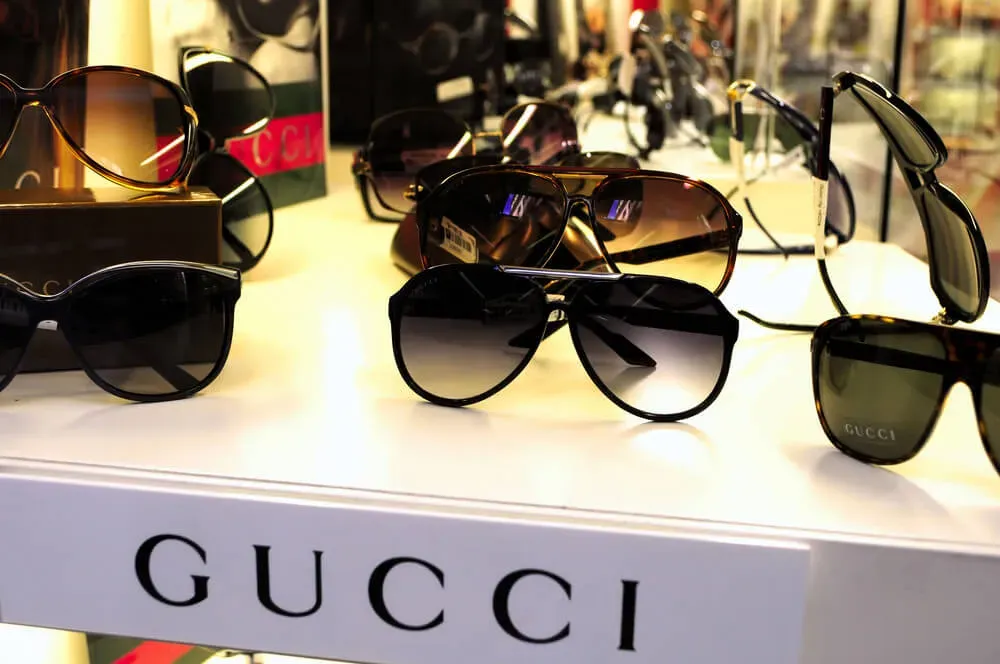Table of Contents
Walk down any high-street or scroll through social media, and you'll see them: those sleek, often understated frames that somehow scream "money." We're talking about the world of expensive sunglasses brands. It's easy to look at a pair of shades costing more than a week's groceries and wonder what exactly you're paying for. Is it just a tiny logo on the temple, or is there something more substantial behind the hefty price tag? Many people grapple with this question when faced with shelves lined with options ranging from budget buys to luxury status symbols. This article cuts through the marketing gloss to explore the reality of expensive sunglasses brands.
Why People Pay More for Expensive Sunglasses Brands
Why People Pay More for Expensive Sunglasses Brands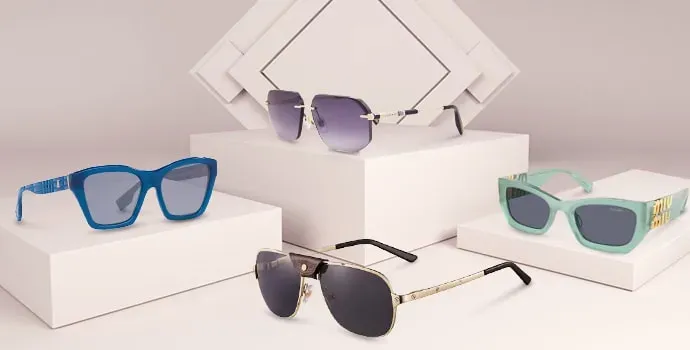
So, why do people actually fork over serious cash for expensive sunglasses brands? It's not just about seeing clearly, that's for sure. A big part of it is the brand name itself. Owning a pair from a renowned designer signals a certain status, a connection to luxury and fashion that a generic pair just doesn't have. It's a visible marker of taste and financial ability, whether you agree with that or not. You're buying into an image, a lifestyle that the brand carefully cultivates through advertising, celebrity endorsements, and placement in high-end boutiques.
Beyond the label, there's often a noticeable difference in perceived quality. While not always the case, many expensive sunglasses brands use higher-grade materials. Think titanium frames instead of cheap plastic, or lenses made from impact-resistant polycarbonate or even glass, often with advanced coatings for anti-glare, scratch resistance, or enhanced color perception. Holding a well-made pair feels different – solid, balanced, and sometimes surprisingly lightweight despite the sturdy construction. This tactile experience contributes to the feeling of getting something substantial for your money.
- Brand reputation and status signaling.
- Use of premium materials like titanium or high-quality acetate.
- Advanced lens technology and coatings.
- Perceived durability and longevity.
- Association with fashion trends and designer aesthetics.
Are These Expensive Sunglasses Brands Worth the Hype?
Are These Expensive Sunglasses Brands Worth the Hype?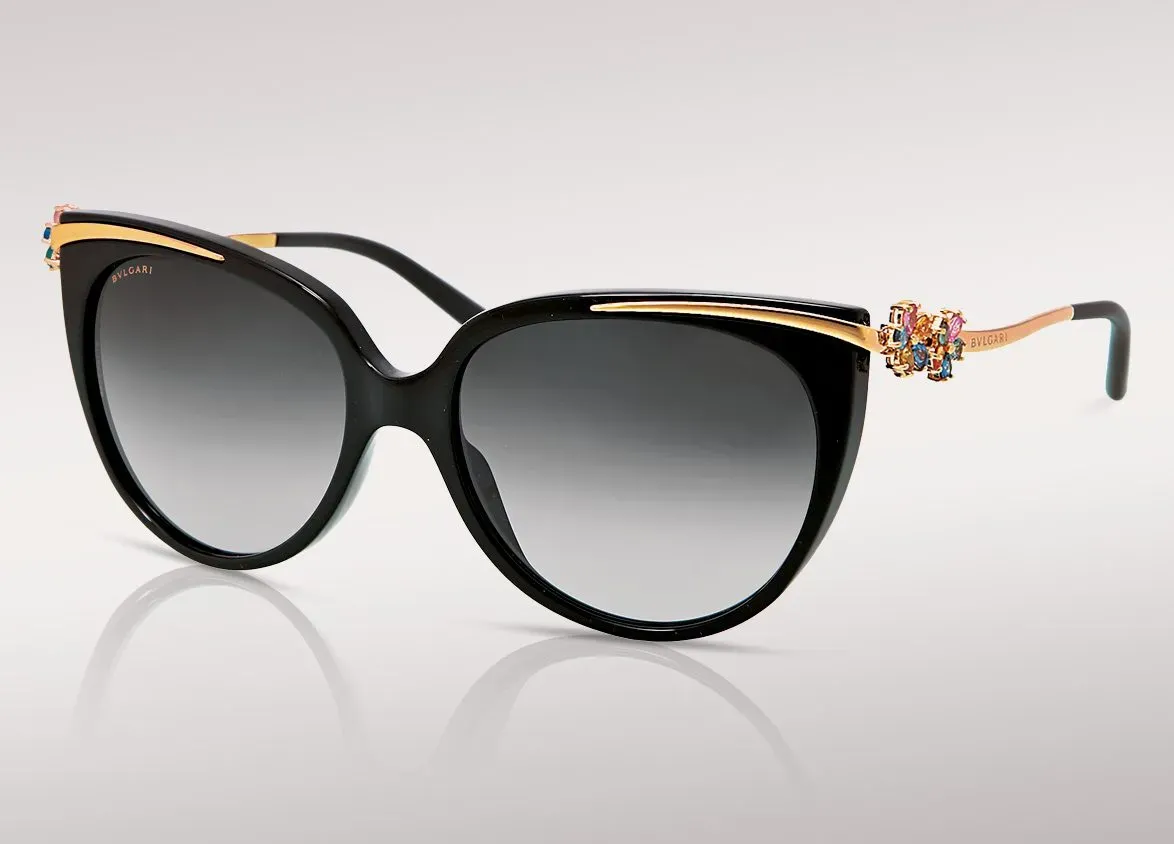
The Million-Dollar Question: Value vs. Vanity
So, are these expensive sunglasses brands *actually* worth the hype? That's where things get tricky, and honestly, it depends entirely on what you prioritize. If you're looking purely for UV protection and basic glare reduction, you can find perfectly functional sunglasses at a fraction of the cost. A $50 pair from a reputable mass-market brand will block harmful rays just as effectively as a $500 pair from a luxury house. The "worth" isn't strictly tied to optical performance in the most basic sense. You're often paying for the design, the exclusivity, the perceived status, and yes, sometimes, genuinely better materials and construction that *might* last longer.
Think of it like cars. A Honda Civic gets you from A to B just fine, safely and reliably. A Porsche also gets you from A to B, but it does it with different materials, engineering, performance, and a badge that communicates something else entirely. Expensive sunglasses brands operate in a similar space. They aren't just tools; they're accessories, pieces of wearable art, and sometimes, small engineering marvels. Whether that added layer of design, material quality, and brand cachet is "worth it" is a personal calculation. For some, the confidence boost or the appreciation for fine craftsmanship justifies the expenditure. For others, it's simply an unnecessary cost.
Breaking Down the Build Quality
When you move into the realm of expensive sunglasses brands, you should expect a noticeable step up in how they're put together. We're talking about things like frame materials that feel substantial but aren't heavy, hinges that open and close smoothly without feeling loose or stiff, and lenses that are precisely cut and fitted without any wobbling. Cheap sunglasses often feel flimsy, with seams that aren't quite flush and hinges that feel like they could snap any minute. High-end frames might use materials like high-grade acetate that can be polished to a deep sheen, titanium which is incredibly strong and lightweight, or even precious metals in the truly exorbitant ranges.
Lens quality also becomes more apparent. While basic UV protection is standard, expensive lenses often feature superior clarity, less distortion, and specialized coatings that genuinely improve the visual experience. Polarized lenses from a top brand might cut glare more effectively than a cheaper alternative. Anti-reflective coatings on the back surface prevent light from bouncing into your eye. Some brands even develop proprietary lens technologies for specific activities or light conditions. This is where the functional benefits of paying more can sometimes become tangible, offering a clearer, more comfortable view of the world.
- Frames made from high-quality acetate, titanium, or metal alloys.
- Durable, smooth-operating hinges, often with detailed mechanisms.
- Precision-cut lenses with minimal distortion.
- Advanced lens coatings (anti-reflective, scratch-resistant, hydrophobic).
- Superior fit and finish due to meticulous manufacturing processes.
The Role of Design and Exclusivity
A significant part of the appeal of expensive sunglasses brands lies in their design. You're paying for the creativity and vision of designers who are setting trends in fashion. These aren't just random shapes; they are carefully sculpted frames intended to complement facial structures, evoke certain styles, and stand out. The design extends to subtle details – the etching on a metal frame, the unique color pattern in an acetate, the distinctive shape of the temple tips. This aesthetic value is subjective, of course, but it's a key differentiator. You're buying a piece designed by a renowned house, not something churned out anonymously.
Furthermore, exclusivity plays a role. While some popular expensive sunglasses brands are widely available, others produce limited runs or have specific lines sold only in select boutiques. This scarcity adds to the desirability and allows wearers to feel they own something a bit more unique. When considering if expensive sunglasses brands are worth the hype, factor in whether the design resonates with you and if the feeling of owning a piece from a specific, perhaps exclusive, collection adds value for *you*. It's less about objective performance here and more about personal connection and aesthetic appreciation.
The Craftsmanship Behind Truly Expensive Sunglasses Brands
The Craftsmanship Behind Truly Expensive Sunglasses Brands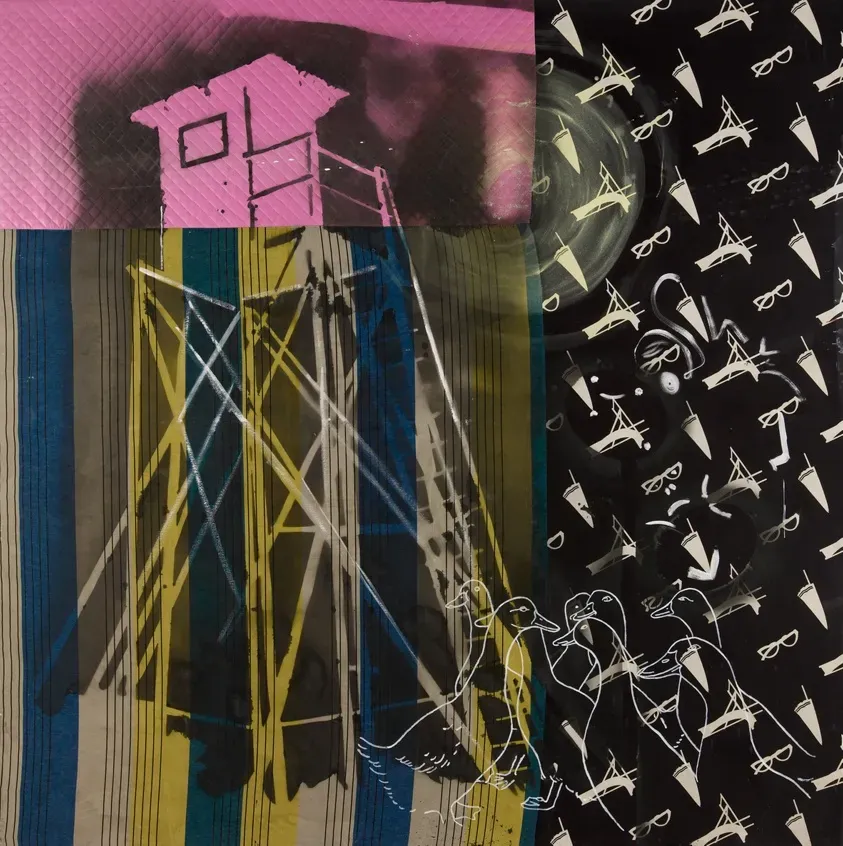
More Than Just Assembly Lines
When you look at truly expensive sunglasses brands, you're often looking at something that went through significantly more human hands than a budget pair. We're not talking about a fully automated factory pushing out frames by the thousand. Instead, picture smaller workshops, sometimes in Italy, Japan, or France, where artisans are involved in the process. This includes skilled technicians who might spend considerable time shaping and polishing a single acetate frame to achieve a specific feel and finish. Metal frames might be hand-soldered or meticulously engraved. It’s less about speed and more about precision and attention to detail at every step.
Consider the hinges, often a weak point on cheaper glasses. On high-end pairs, you'll find robust, multi-barrel hinges secured with tiny screws that are designed to last and hold their adjustment. The nose pads aren't just glued on; they might be integrated seamlessly into the frame design or made from materials that offer better grip and comfort. This level of meticulousness isn't cheap. It requires skilled labor and takes more time, directly contributing to the higher cost. It's the difference between a mass-produced item and something approaching a small-batch production.
The Materials Tell a Story
The choice and quality of materials are fundamental to understanding the cost of expensive sunglasses brands. We've touched on acetate and titanium, but the story goes deeper. High-quality acetate, for instance, isn't just colored plastic. It's made from cotton fibers and wood pulp, and the best types are tumbled for days, sometimes weeks, then hand-polished to achieve a deep luster and smooth feel. The patterns within the acetate aren't just printed on; they are embedded throughout the material, meaning they won't wear off. Titanium, used in aerospace and medical implants, is incredibly strong, lightweight, and hypoallergenic, but it's also difficult and expensive to work with.
Then there are the lenses. While polycarbonate is common, high-end brands might use glass for superior optical clarity and scratch resistance (though heavier). They invest heavily in lens coatings – anti-reflective layers that eliminate distracting glare from behind, hydrophobic coatings that repel water and smudges, and oleophobic coatings that resist fingerprints. Some brands even use precious metals like gold or platinum in their frame plating or decorative elements, pushing the price into the stratosphere. These material choices aren't just about luxury; they often offer tangible benefits in terms of durability, comfort, and visual performance.
Material | Characteristics | Why it's Expensive |
|---|---|---|
High-Quality Acetate | Lightweight, durable, deep colors/patterns | Hand-polished, multi-day tumbling process, embedded patterns |
Titanium | Extremely strong, lightweight, hypoallergenic | Difficult to machine, high raw material cost |
Glass Lenses | Superior optical clarity, scratch resistant | Heavier, more fragile to manufacture, requires precise grinding |
Spotting the Real Deal: Avoiding Fakes in Expensive Sunglasses Brands
Spotting the Real Deal: Avoiding Fakes in Expensive Sunglasses Brands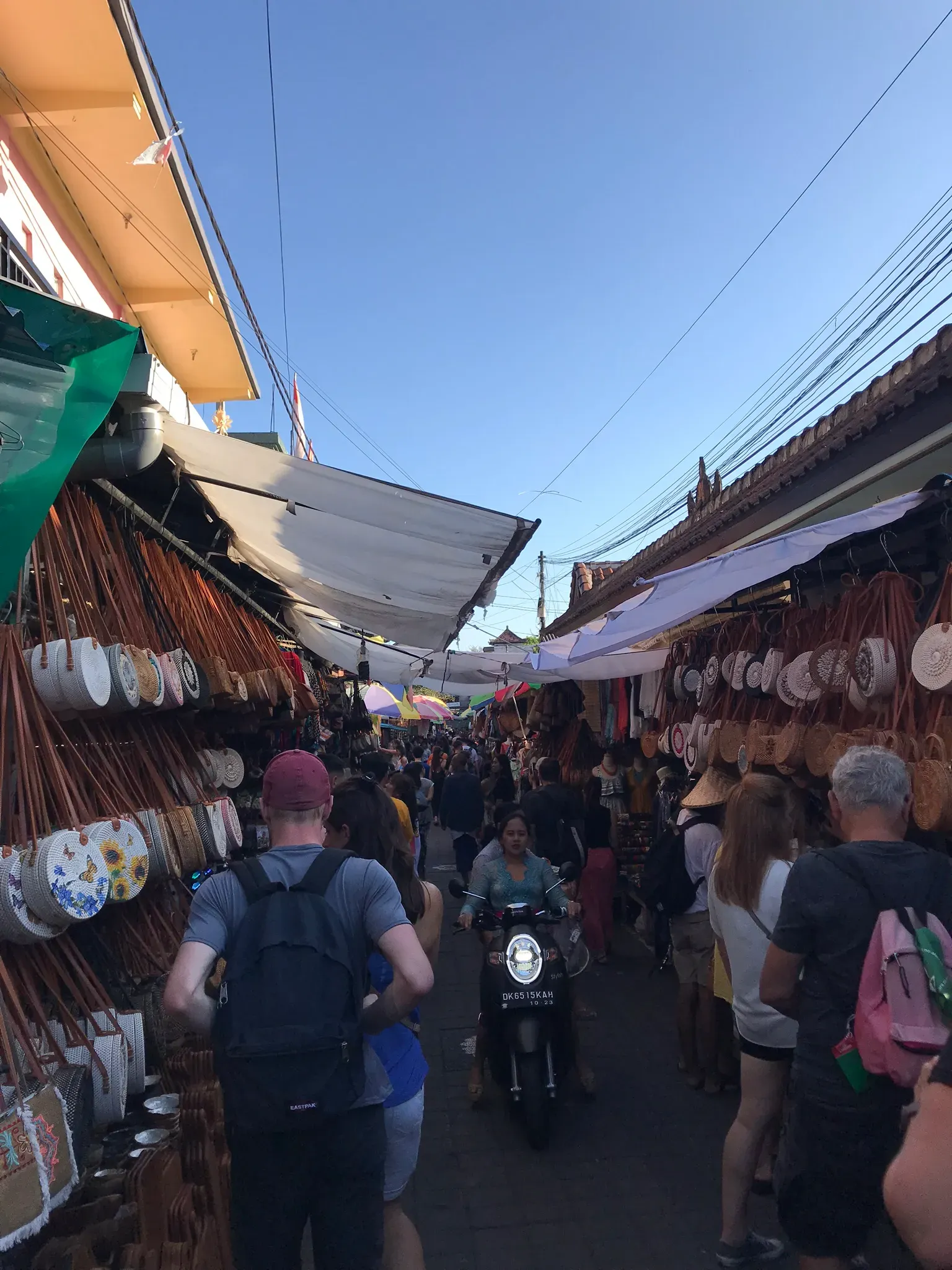
Why Fakes Flood the Market
So, you've decided to splurge on a pair from one of those expensive sunglasses brands. Great choice. Now comes the tricky part: making sure you're not getting ripped off with a fake. The counterfeit market for luxury goods, including eyewear, is absolutely massive. It's fueled by demand for the status symbol without the wallet-emptying price tag. These fakes are getting alarmingly good, sometimes fooling even savvy buyers. You'll find them everywhere – sketchy websites, street vendors, even seemingly legitimate online marketplaces if you're not careful. The key is to be inherently suspicious of deals that seem too good to be true, because they almost always are. Nobody is selling authentic, brand-new expensive sunglasses brands at 80% off just because they like your smile.
Key Details That Give Fakes Away
Spotting a convincing fake requires a sharp eye for detail. First, look at the packaging. Authentic expensive sunglasses brands come in high-quality boxes, cases, and often include warranty cards, cleaning cloths, and sometimes authenticity certificates. Fakes often have flimsy boxes, blurry printing, misspelled words, or cheap-feeling cases. Then, examine the glasses themselves. Check the logo – is it crisp and correctly placed, or is it slightly off, maybe even a bit smudged? Feel the weight and materials. Real luxury frames feel solid and well-constructed, not light and plasticky. Pay attention to the hinges; they should operate smoothly and feel robust. Check the lenses for clarity and any imperfections. And finally, inspect the serial number, usually found on the temple arm or lens. Authentic brands have specific numbering conventions, and you can often cross-reference this on the brand's official website or through authorized retailers like sunglasshub.org.
- Check packaging quality (box, case, cloth).
- Inspect logos for precision and placement.
- Feel the weight and quality of frame materials.
- Examine hinges for smooth operation and sturdiness.
- Verify serial numbers and any authenticity markings.
- Be wary of unusually low prices.
Beyond the Price Tag: What Else You Get with Expensive Sunglasses Brands
Beyond the Price Tag: What Else You Get with Expensive Sunglasses Brands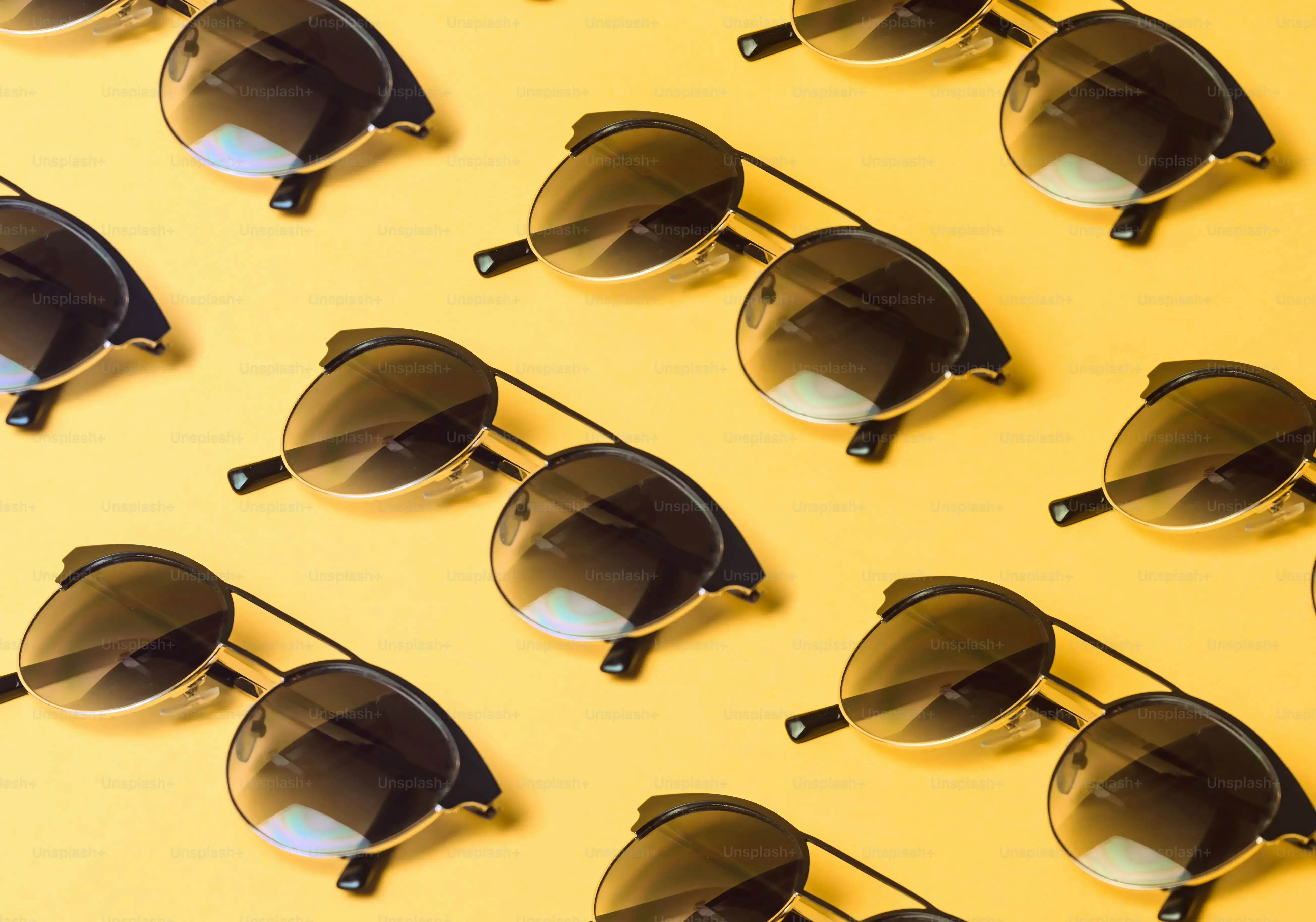
When you invest in expensive sunglasses brands, you're often getting more than just the physical product. Think about the customer service experience. Many high-end brands and authorized retailers offer superior support, whether it's helping you find the perfect fit, offering adjustments, or handling warranty claims with less hassle. You might also find better repair options; instead of just tossing a broken pair, you might be able to send them in for professional repair, extending their lifespan significantly. It's about the complete package – the feeling of being valued as a customer and the assurance that the brand stands behind its product. This level of post-purchase support is a tangible benefit that often comes with a higher price point, making the overall ownership experience smoother.
Making Sense of the High Price Tag
So, are expensive sunglasses brands worth the cost? The short answer is, it depends entirely on what you prioritize. You're often paying for superior materials, meticulous construction, and innovative lens technology that can genuinely improve vision and durability. You're also undeniably paying for the brand name and the associated prestige. While a budget pair might block UV rays, a high-end pair from a renowned label might offer a sharper view, last longer, and frankly, feel better on your face. It's not just about seeing; it's about the experience and the statement. Ultimately, the decision rests on whether the tangible and intangible benefits justify the investment for your specific needs and budget. Don't expect miracles, but don't dismiss the craft out of hand either.
